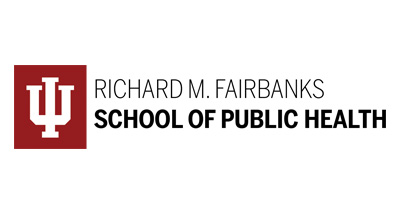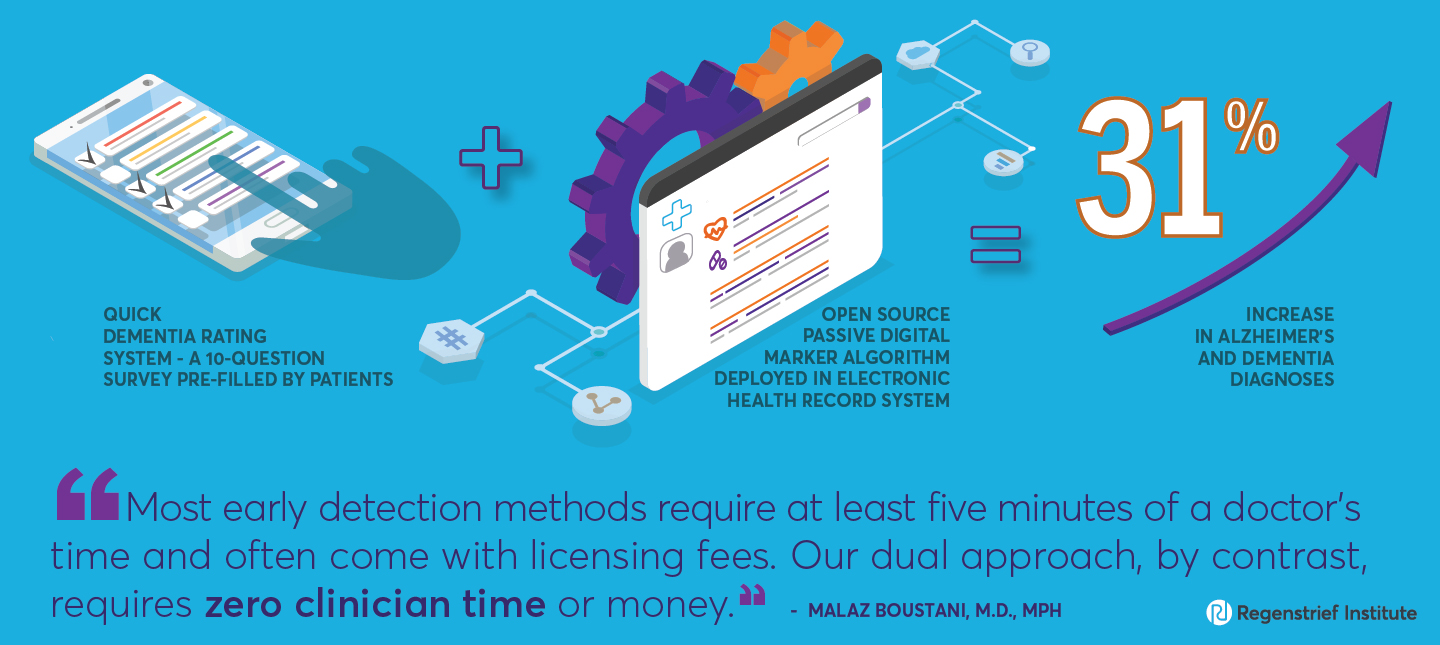Published in the Clinical infectious diseases : an official publication of the Infectious Diseases Society of America. Here is a link to the article.
Regenstrief Institute authors: Shaun Grannis, M.D., MS, Brian E. Dixon, PhD, MPA, Colin Rogerson, M.D., MPH
Abstract
During the 2023–2024 influenza season, the predominant circulating virus was influenza A(H1N1)pdm09, although influenza A(H3N2) and B viruses also co-circulated. The seasonal influenza vaccine strains were well-matched to these circulating viruses. To evaluate the effectiveness of the seasonal influenza vaccine, researchers used a test-negative design based on health care data from eight U.S. states. They assessed vaccine effectiveness (VE) against influenza-associated medical encounters from October 2023 to April 2024, stratified by age group, virus type, and care setting (hospitalization or emergency department/urgent care visits).
The study analyzed 74,000 encounters among children and adolescents aged 6 months–17 years (including 3,479 hospitalizations and 70,521 ED/UC visits) and 267,606 encounters among adults aged 18 years and older (66,828 hospitalizations and 200,778 ED/UC visits). Among pediatric cases, 15 percent of those who tested positive for influenza had been vaccinated compared to 32 percent of test-negative controls. Among adults, 25 percent of cases were vaccinated versus 44 percent of controls.
Vaccine effectiveness was estimated at 58 percent against both hospitalizations and ED/UC visits for children and adolescents. Among adults, VE was 39 percent against hospitalization and 47 percent against ED/UC visits. Notably, VE was higher for influenza B than influenza A across age groups.
These findings indicate that the 2023–2024 influenza vaccine provided moderate protection against influenza-related illness across all age groups and healthcare settings. The results support the continued importance of seasonal influenza vaccination for reducing influenza-associated medical visits and hospitalizations.
Authors:
Affiliations:
1National Center for Immunization and Respiratory Diseases, Centers for Disease Control and Prevention, Atlanta, Georgia, United States.
2Westat, Rockville, Maryland, United States.
3Department of Research & Evaluation, Kaiser Permanente Southern California, Pasadena, California, United States.
4Kaiser Permanente Vaccine Study Center, Kaiser Permanente Northern California Division of Research, Oakland, California, United States.
5Division of Infectious Diseases and Clinical Epidemiology, Intermountain Health, Salt Lake City, Utah, United States.
6HealthPartners Institute, Minneapolis, Minnesota, United States.
7Center for Biomedical Informatics, Regenstrief Institute, Indianapolis, Indiana, United States.
8School of Medicine, Indiana University, Indianapolis, Indiana, United States.
9Kaiser Permanente Center for Health Research, Portland, Oregon, United States.
10Department of Biomedical Informatics, University of Colorado Anschutz Medical Campus, Aurora, Colorado, United States.
11United States Public Health Service Commissioned Corps, Rockville, Maryland, United States.
12Fairbanks School of Public Health, Indiana University, Indianapolis, Indiana, United States.
13Department of Medicine, University of Colorado Anschutz Medical Campus, Aurora, Colorado, United States.
14Department of Pediatrics, University of Colorado Anschutz Medical Campus, Aurora, Colorado, United States.











